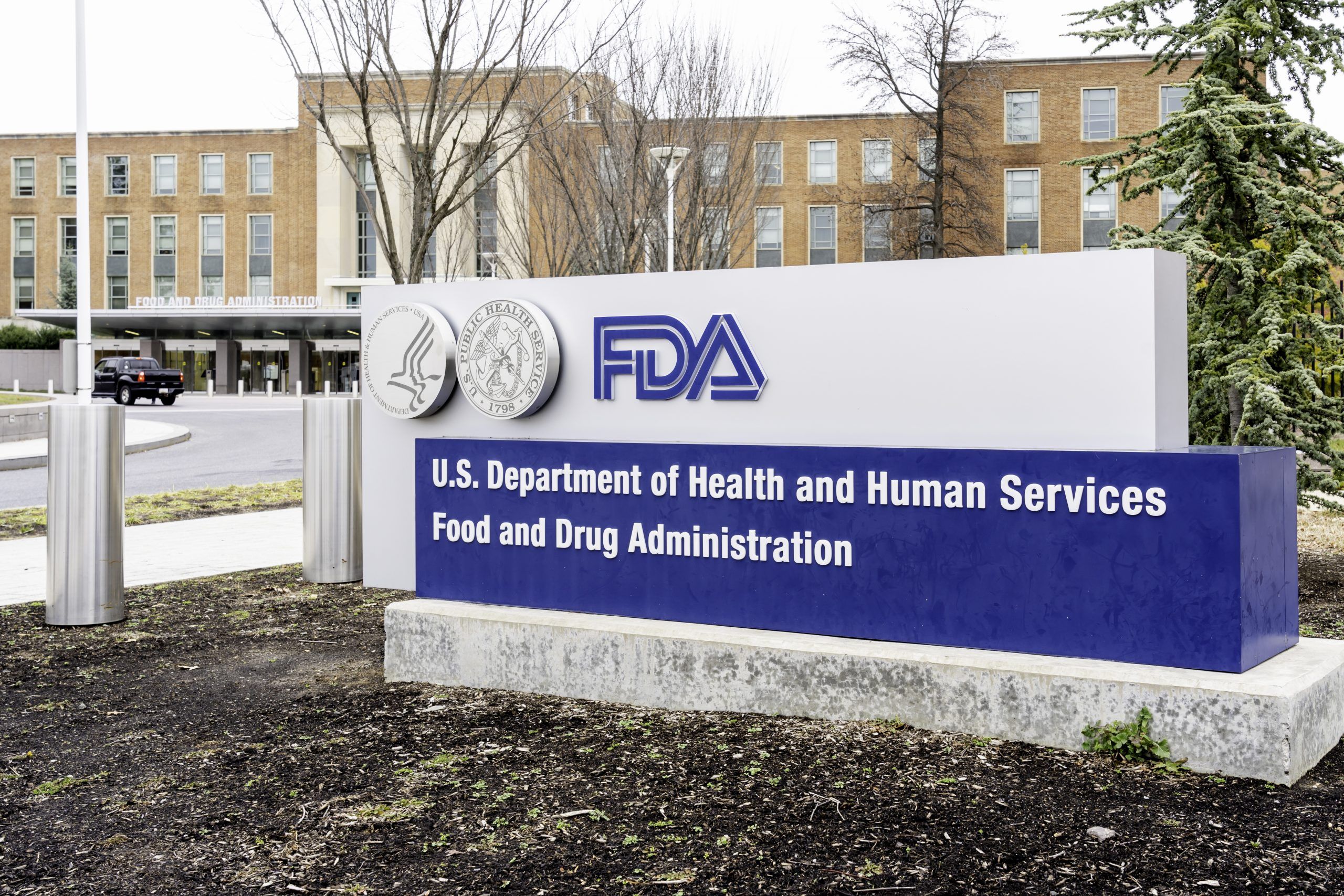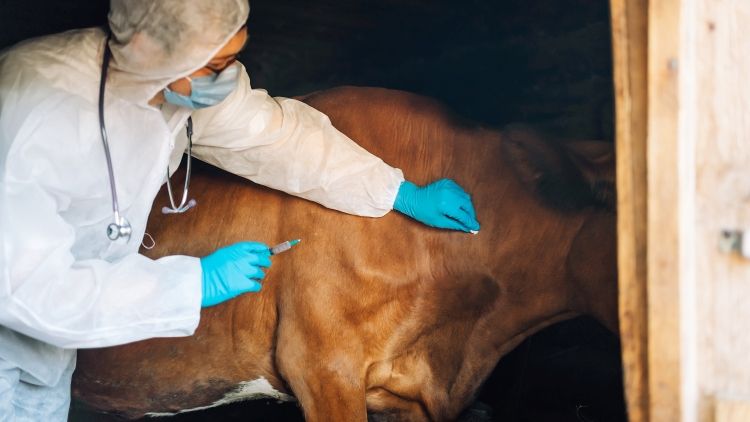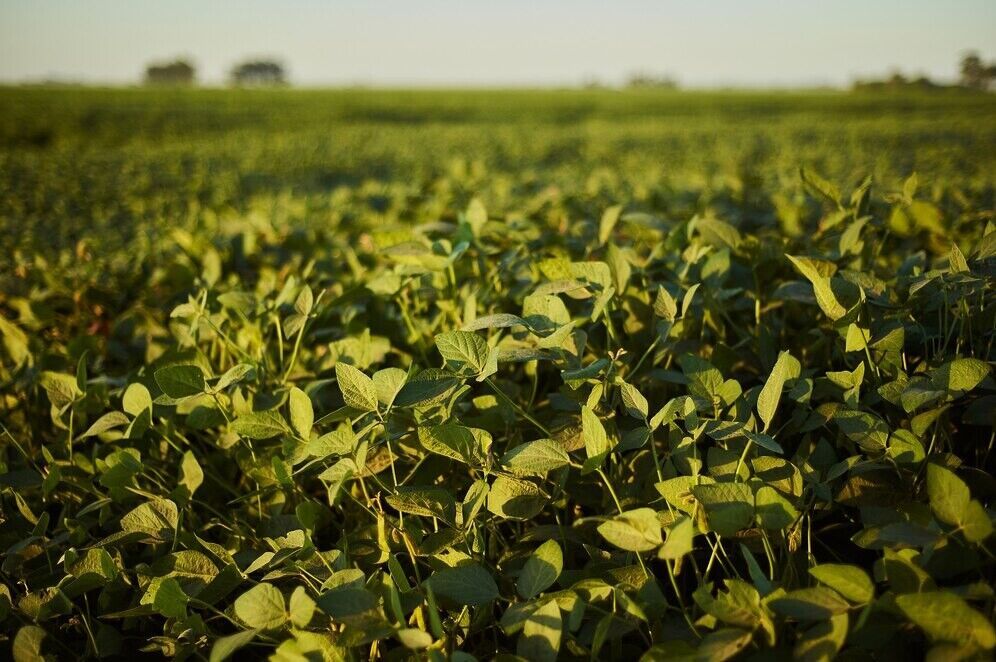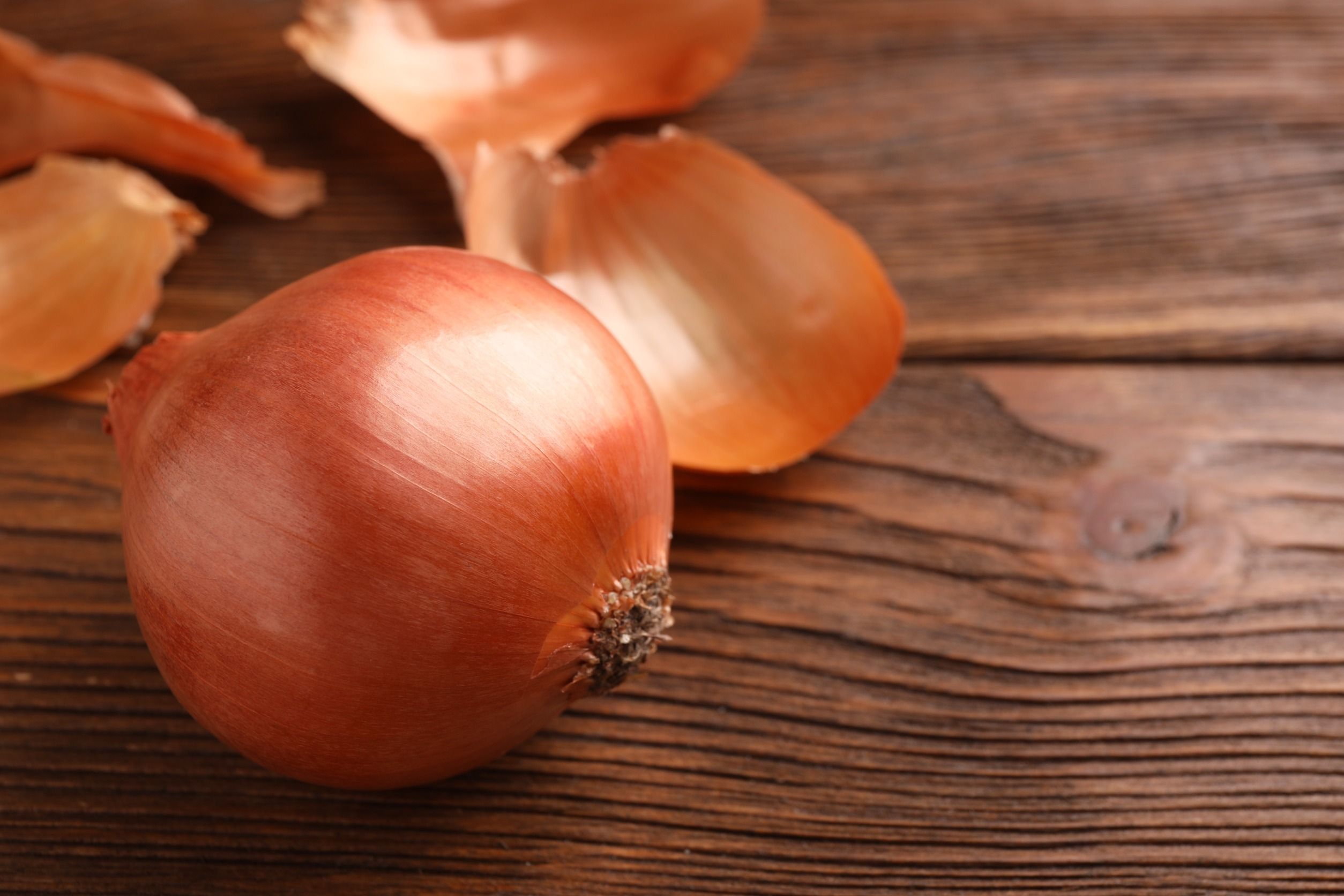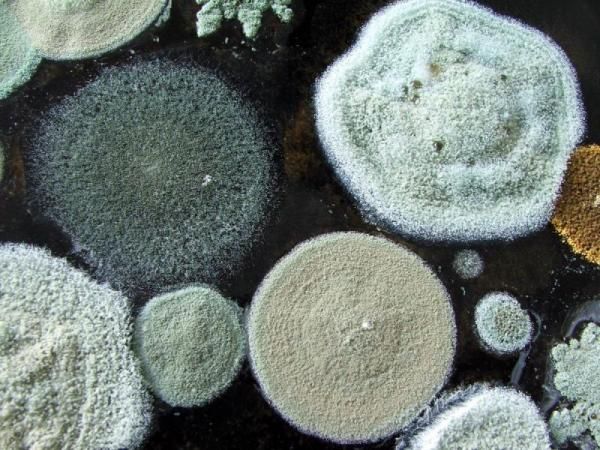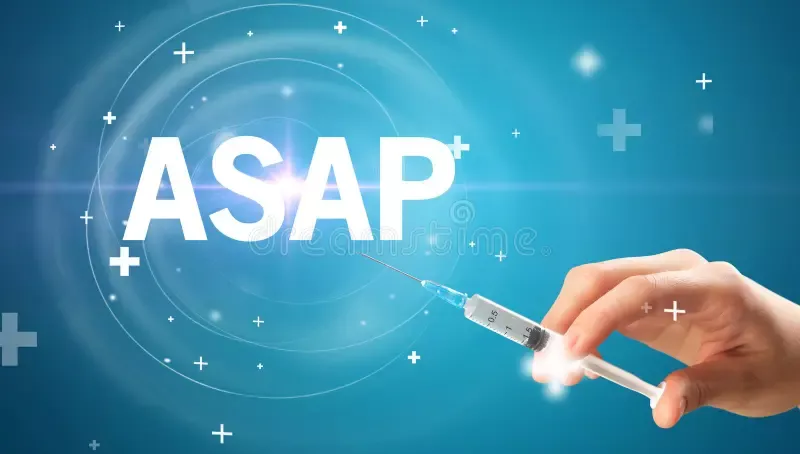Avian flu control could be at risk due to U.S. health department staffing cuts
The U.S. Food and Drug Administration (FDA) is suspending efforts to improve testing for highly pathogenic avian influenza due to staffing cuts throughout the Department of Health and Human Services, according to a Reuters report.
The Interlaboratory Comparison Exercise for Detecting Highly Pathogenic Avian Influenza was set to launch later this month but was suspended last week because of cuts to staff at the FDA’s Human Food Program that would have supported the scientific and testing needs of the program, according to an email seen by Reuters.
The program would have included more than 40 laboratories across FDA’s and USDA’s (U.S. Department of Agriculture) laboratory network, as well as private industry.
In February, USDA inadvertently fired agency employees who were working on the federal government’s response to the HPAI outbreak and said it was working to quickly reverse the firings. It is unclear how many of those employees have returned to USDA.
HHS announced on March 27 that it would restructure, with the reduction of 10,000 full-time employees that it said would save US$1.8 billion per year. The cuts began the first week of April. Among those cuts were more than 140 leaders and staff members at FDA’s Center for Veterinary Medicine (CVM), many of whom are veterinarians, according to reports.
“The offices impacted by this recent reduction-in-force work on issues such as drug availability, antimicrobial resistance, animal and human food safety, disease control (including, but not limited to, avian influenza), international trade, and much more,” said American Veterinary Medical Association President Dr. Sandra Faeh.
“The work done by our veterinarian colleagues in these offices is critical to the safe and effective practice of veterinary medicine, and – ultimately – the protection of animal and public health.”
